Emancipation Oak
This tree is a living witness to the beginning of the Civil Rights Movement.
Standing near the entrance to Hampton University in Hampton, Virginia, is a large specimen of a Southern live oak tree (Quercus virginiana) estimated to be between 150 and 200-years-old. Impressive in size and stature, it stands 50-feet tall and has branches that extend almost 100-feet in diameter around the tree. This venerable old oak is considered a “Witness Tree” for its presence during several significant historical moments.
In the years preceding the Civil War, the tree occupied land near Fort Monroe, which remained a Union-occupied military installation in the Confederate state of Virginia. Shortly after the start of the war, three escaped slaves arrived at the fort seeking asylum. Major General Benjamin Butler declared the men “contraband of war,” and therefore, under the Union Army’s protection. He refused to return them to their owners. Soon, other enslaved people began arriving at Fort Monroe and the installation became known as “Freedom’s Fortress.” An encampment of formerly enslaved people formed around the Fort’s perimeter and the area became known as the Grand Contraband Camp.
Before and during the Civil War, a longstanding Virginia anti-literacy law made it illegal to teach reading and writing to enslaved people. However, on September 17, 1861, Mary Smith Kelsey Peake gathered 20 of the “contraband” people under the live oak tree near the fort and taught them to read and write. Peake was a free Black woman working for the American Missionary Association. She continued to hold classes under the tree until she was provided a building for classroom instruction.
An event of equal significance occurred in 1863, when a Union soldier stood under the oak and read the Emancipation Proclamation to a congregation of enslaved and free Black people. Many believe it was the first public reading of the document in the southern United States. This is where the tree garnered its nickname, Emancipation Oak.
In time, Peake was given Brown Cottage to hold her literacy classes. Although Peake died from tuberculosis on February 22, 1863, her educational legacy continued. Brown Cottage became the Hampton Normal and Educational Institute, founded in 1868 by the American Missionary Association to educate freemen. One of its graduates was Booker T. Washington. The school is now known as Hampton University, a Historically Black College and University.
Although its land now abuts a ramp off Interstate 64, the Emancipation Oak continues to thrive. In 1974, the U.S. National Park Service added the tree to its list of historic landmarks. However in 2016, the proposed expansion of I-64 threatened the tree’s existence. That expansion would have included the condemnation of the land on which the tree stands. University officials successfully protested and succeeded in stopping the encroachment. A half-perimeter wrought iron fence protects the tree, and it is cared for by professional arborists.
The Emancipation Oak was named one of the “10 Great Trees of the World” by the National Geographic Society, and it endures as a symbol of freedom and equality.
Community Contributors
Added by
Edited by
Plan Your Trip
The Atlas Obscura Podcast is Back!



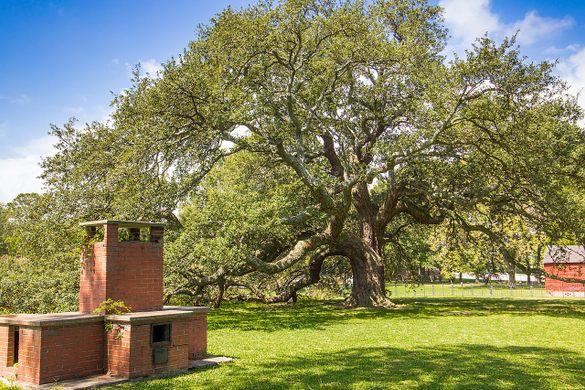

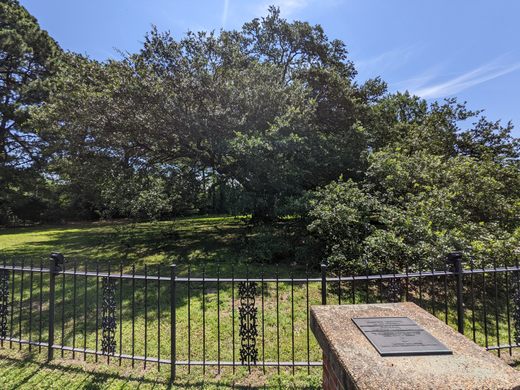

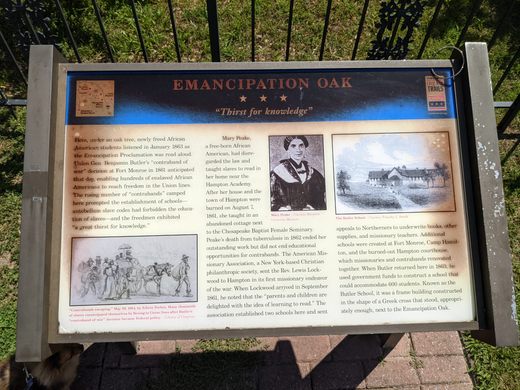


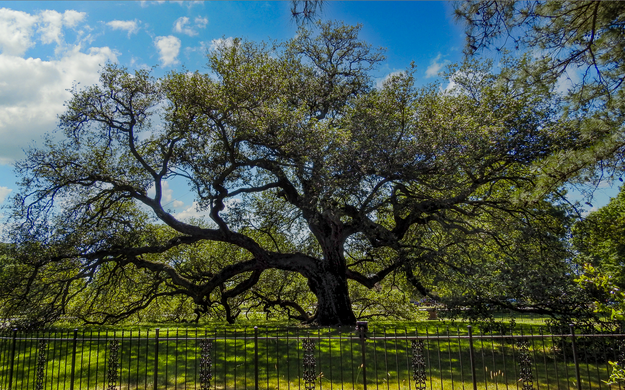





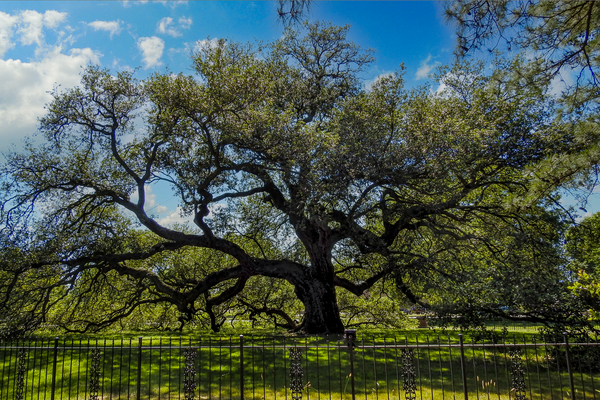










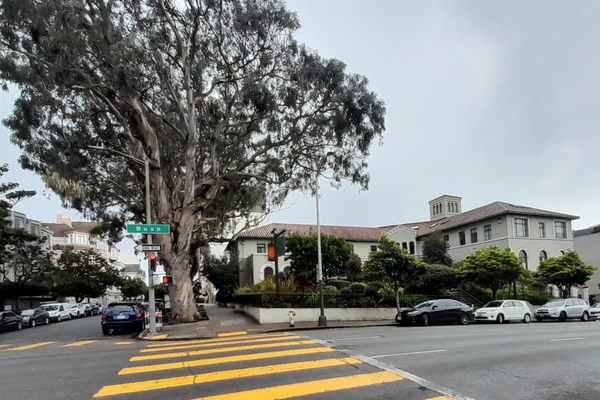
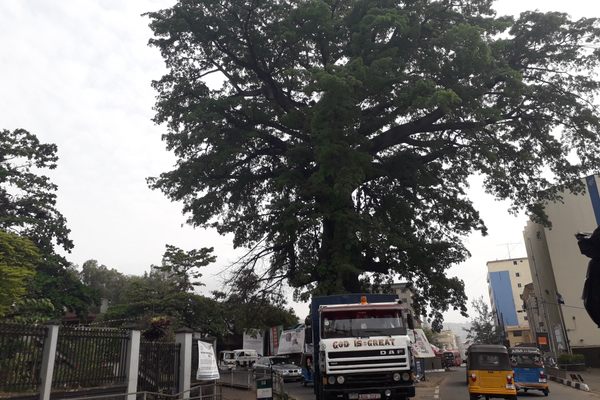
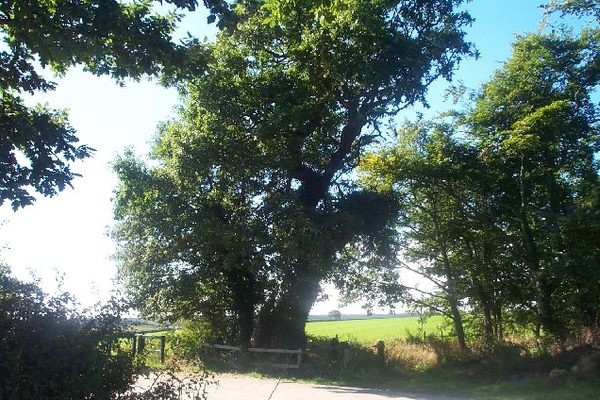


Follow us on Twitter to get the latest on the world's hidden wonders.
Like us on Facebook to get the latest on the world's hidden wonders.
Follow us on Twitter Like us on Facebook